Archive View
Grid View
List View
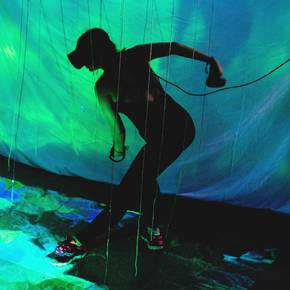


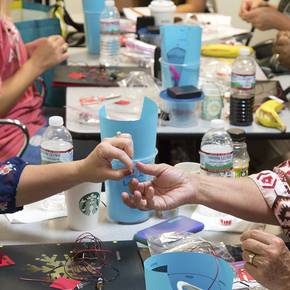
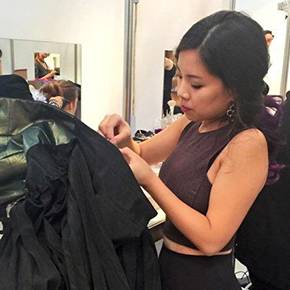


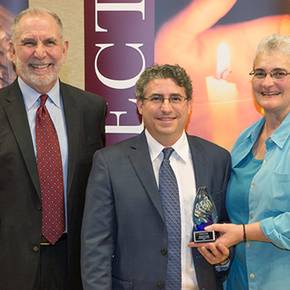
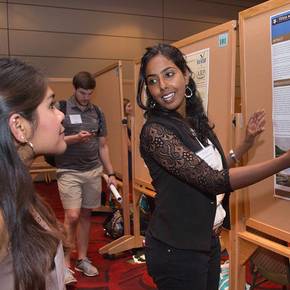
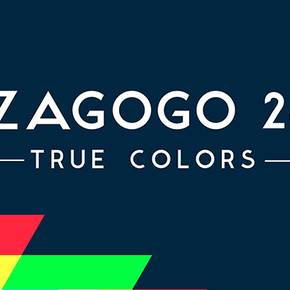
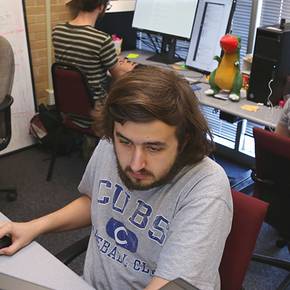
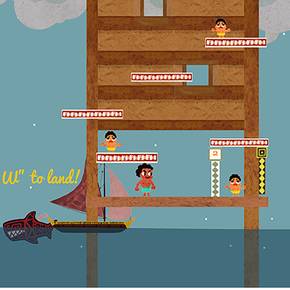
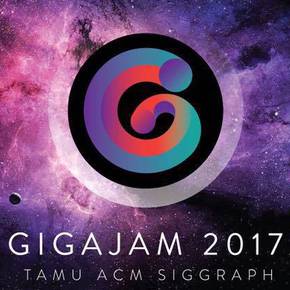
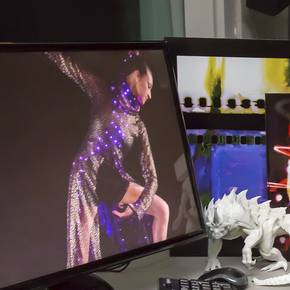
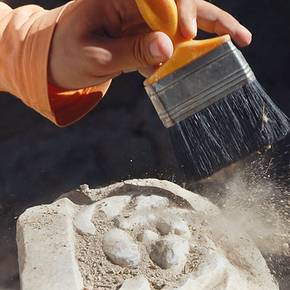
technology

Viz students vied for top spots in global competition
posted
July 3, 2017
Video games and virtual reality environments developed by former Texas A&M visualization students contended for top prizes in the final round of “The Rookies,” a global competition for young designers, creators, innovators and artists.

Effort aims to protect patient privacy in health data analysis
posted
June 26, 2017
A team of Texas A&M scholars is investigating how health science researchers can accurately analyze troves of available patient data from various sources while maintaining patient privacy.
Tier One Program funds extraordinary learning experiences
posted
June 22, 2017
This fall, Texas A&M College of Architecture students will design building envelopes from auto assembly line waste, research problems facing communities on the Texas-Mexico border, and create a virtual reality platform to test engineering designs.

Teacher 'making’ workshop fosters STEM education
posted
June 19, 2017
Local elementary school teachers are stocking up on hardware supplies and brainstorming new lesson plans after learning basic programming, electronics and 3-D printing at a three-day workshop hosted June 12–14 by Texas A&M Department of Visualization faculty.

Cutting edge couture: viz grad creates 3-D fashion
posted
June 8, 2017
Futuristic bridal gowns, haute couture costumes and tech-inspired fashion accessories, all made with 3-D printers, have garnered international recognition for Rachel Nhan ’11, who crafts costumes suggestive of avant-garde armor and shows them worldwide.

Project to develop new technique for casting concrete
posted
June 7, 2017
Envisioning cityscapes renewed with stylish, custom-designed concrete structures, a group of Texas A&M design and engineering faculty and students will collaborate to develop a low-cost method for quickly casting complex, concrete forms.

Construction still hesitant to adopt tech, study shows
posted
May 2, 2017
The construction industry is hesitant to pay for and utilize technology according to the 5th Annual Construction Technology Report, a survey-based study developed in part by Texas A&M construction science faculty members Ben Bigelow and James Benham ’01.

Two college profs named presidential impact fellows
posted
April 18, 2017
Two professors at the Texas A&M College of Architecture, Sam Brody and Wei Yan, hailed as rising stars in their field, were among 24 faculty members honored as inaugural Presidential Impact Fellows by university president Michael K. Young.

Posters, addresses earn students 2017 research week honors
posted
April 18, 2017
Posters and 10-minute oral presentations detailing a wide range of research findings by Texas A&M College of Architecture students were among the top submissions at the university’s 2017 Student Research Week.

Viz-a-GoGo 24 showcased student work in Bryan
posted
April 18, 2017
Viz-a-GoGo, the 24th annual showcase of digital wizardry conjured by visualization students, featured a screening of time-based work, animation, video games, and more at several venues May 4-6, 2017 in downtown Bryan.

Texas A&M game design program among globe’s elite
posted
March 30, 2017
Texas A&M’s standing as an elite video game design school is reflected in new rankings published by The Princeton Review, a leading test preparation and college admission services company.

Viz students earn top honors at K-State game design contest
posted
March 30, 2017
“Polynesian Panic,” a video game that pits a player against rising South Pacific floodwaters, earned its developers, four undergraduate Texas A&M visualization students, first place in a game development contest at Kansas State University.

Students stage 36-hour digital art contest: GigaJam
posted
March 23, 2017
Student artists match wits in a 36-hour contest to create technology-based art for GigaJam, an inaugural competition staged March 31 – April 2 by the Texas A&M student chapter of AMC SIGGRAPH, a group of computer graphic and digital interactivity enthusiasts.

Viz activation featured at SXSW Texas A&M House
posted
March 7, 2017
The boundless nature of visualization studies at Texas A&M was celebrated in an interactive exhibition staged March 11–14 at South by Southwest, Austin’s giant annual convergence of festivals showcasing the interactive, film and music industries.

Archaeologists headlined CHC symposium in March
posted
February 23, 2017
Discoveries by intrepid scholars who locate and painstakingly unearth ancient and forgotten cultural treasures from locations around the globe highlighted the 2017 Center for Heritage Conservation symposium in Preston Geren Auditorium.
Follow Us
Facebook Twitter Vimeo Youtube Flickr RSS
Recent Posts

Planning prof heads study of disaster housing aid
June 12, 2020

A message from the dean
June 2, 2020

Former student remembered as expert planner
April 16, 2020

Leading educator named new head of Architecture Dept.
April 1, 2020

COVID-19 tests given in student-built clinic
March 30, 2020



_thumbnail_small.png)
